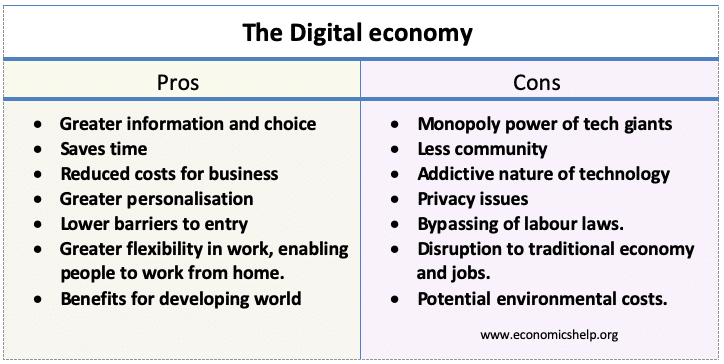Naa Yarley Tackie-Yarboi
Professor Lucien Holness
African-American History
1
Historical Analysis Extra
Credit Paper
December 6, 2021
Toussaint Louverture was born in Haiti. Toussaint
was one of those born into slavery. Toussaint belonged to a very small class of
slaves with certain privileges. Toussaint
was the son of an educated slave and Toussaint's master encouraged him to read
and write. Toussaint was one of the few black men freed from slavery at the age
of thirty. After being freed from slavery, Toussaint became a slave and a
landowner. When a sudden slave revolt began it quickly spread to thousands of
slaves throughout the colony, the original Toussaint was disbanded. After a few
weeks of hesitation, he helped his former master escape and then joined the
dark forces to burn the plantation and kill many Europeans and Mulattoes. He
soon recognized the incompetence of the rebel leaders and despised their
willingness to compromise with the European radicals. Assembling his own army,
Toussaint trained his followers in guerrilla tactics. In 1793, he added the
name Louverture to its original name; The exact meaning of the name is unknown,
but its French meaning, "overture", may refer to his tactical
abilities as a military commander. He
encouraged them to fight for their rights and their freedom from their
oppressive owners. He was a free man for some time, and his life would
definitely have been easier if he had enjoyed that freedom peacefully, but he
firmly supported Haiti's slaves during the struggle for freedom. At that time,
his heroic and compassionate instinct was revealed. “In
A History of the Negro Troops in the War of the Rebellion, George Washington
Williams described the Civil War as a climactic battle in a war for black
freedom that began in Haiti and recognized the place of black Union soldiers
alongside Toussaint in the struggle to end slavery. Williams referred to Haiti
as the "scene of modern Negro soldiership.» Numerous black generals
distinguished themselves in the Haitian Revolution, but "the most commanding
character was Toussaint l'Ouverture." The great leader united blacks and
whites, wrote a constitution, and created a republic without slavery. ….."
(Source: Matthew J. Clavin, _American
Toussaints-Symbol, Subversion, and the Black Atlantic Tradition in the American
Civil War, _ pp. 107-118)
Sojourner Truth formally known
as Isabella Baumfree was sold into slavery at a young age. Over the years, she
had a number of different owners. Eventually, she married another slave from a
different property and had children with him. She ran away from her owner after
a few years and went to work as a maid. Truth heard shortly after her escape
that her five-year-old enslaved son had been sold illegally by the Dumont
family to an Alabama relative. Dumont unlawfully sold Isabella's five-year-old
son Peter after the New York Anti-Slavery Law was approved. She initiated a
lawsuit to reclaim him, and Sojourner Truth won her lawsuit and regained
custody of her son months later.
She eventually became a
Civil Rights Activist for women once she became a free person. Sojourner Truth
was noted for his impromptu racial equality talks. Her speech "Anit I a
Woman" made her famous. This speech was presented for the first time in
1851 before an Ohio Women's Rights conference. “That man over there says
that women need to be helped into carriages, and lifted over ditches, and to
have the best place everywhere. Nobody ever helps me into carriages, or over
mud-puddles, or gives me any best place! And ain't I a woman? Look at me! Look
at my arm! I have ploughed and planted, and gathered into barns, and no man
could head me! And ain't I a woman? I could work as much and eat as much as a
man—when I could get it—and bear the lash as well! And ain't I a woman? I have
borne thirteen children, and seen them most all sold off to slavery, and when I
cried out with my mother's grief, none but Jesus heard me! And ain't I a woman?”
(Source: Former Slave Sojourner Truth Links Women's Rights to Antislavery (1851))
For black
men and women, slavery was an equally devastating experience. Both were torn
from homeland and family. Both were forced to perform grueling labor, subjected
to mental and physical degradation, and denied their most basic rights. The
enslaved men and women were mercilessly beaten, arbitrarily separated from
their loved ones, and treated as property before the law, regardless of gender.
Anthony Burns, a
19-year-old fugitive Virginia slave, fled slavery in Richmond at the age of
nineteen, sailing to Boston. Burns was the first runaway slave to be captured
in the city, the second after the Fugitive Slave Act was passed as part of the
Compromise of 1850. Under its terms, state and local governments must actively
cooperate in the capture and return of fugitives to their owners. Some states,
including Massachusetts, already have liberties laws that attempt to circumvent
the Fugitive Slave Act, but states do not have the power, under the
Constitution, to replace federal law. Burns was a fugitive slave whose capture
and trial in Boston, and transport back to Virginia, generated wide-scale
public outrage in the North and, ultimately, increased opposition to slavery by
Northerners. He was arrested under the Fugitive Slave Act of 1850
and tried in a Boston court. The Fugitive Slave Act was widely despised and
protested against in Boston, and Burns' case drew national attention, including
massive protests, protests, assaults, and violence. Federal troops were
employed in the city to ensure Burns was transported without interference to a
ship bound for Virginia following the test.
“ Resolved, That we deem the laws of God at
all times paramount to any human laws; and that, in obedience to the command,
to “hide the outcast, and betray not him that wandereth,” we shall never refuse
aid and shelter and succor to any brother or sister who has escaped from the
prison-house of Southern bondage, but shall do all we can to prevent their
being dragged back to a slavery inconceivably worse than death.” (Source:
African Americans Respond to The Fugitive Slave Law (1850).pdf)
Many slaves who escaped upon
their return faced severe punishments such as amputation, spanking, marking,
obstruction and many other horrible acts. Those who helped runaway slaves were
charged and punished under this law. So many freed or escaped slaves did their best
to avoid this outcome.
Source: Matthew J. Clavin, _American
Toussaints-Symbol, Subversion, and the Black Atlantic Tradition in the American
Civil War, _ pp. 107-118)
Source: African Americans
Respond to The Fugitive Slave Law (1850)
Source: Former Slave Sojourner
Truth Links Women's Rights to Antislavery (1851)






